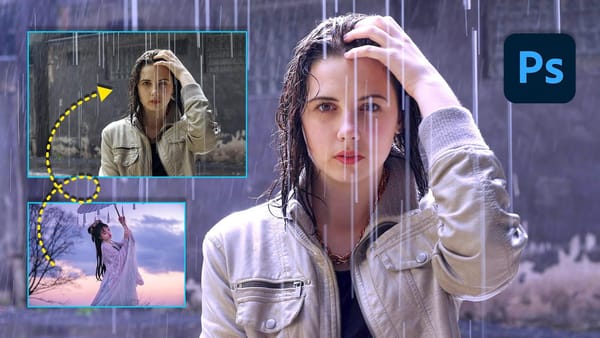In this tutorial, PiXimperfect shares two simple techniques to mask transparent or translucent objects in Photoshop. The tutorial explains how to select and cut out see-through objects using the Refine Edge Tool and advanced selection features like Color Range.
The author first demonstrates how to use the Refine Edge Tool to refine the selection and create a clean, detailed mask for the transparent object. This method is particularly useful for objects with intricate details or soft edges.
Next, the author explores the Color Range selection tool, showing how to use it to select the transparent areas of an object based on color. This technique is helpful for objects with a consistent color or tone, allowing for a more precise selection.
Throughout the tutorial, the author provides step-by-step instructions and visual examples to guide the user through the masking process. The clear and concise explanations make it easy for even beginner Photoshop users to follow along and master these techniques.












